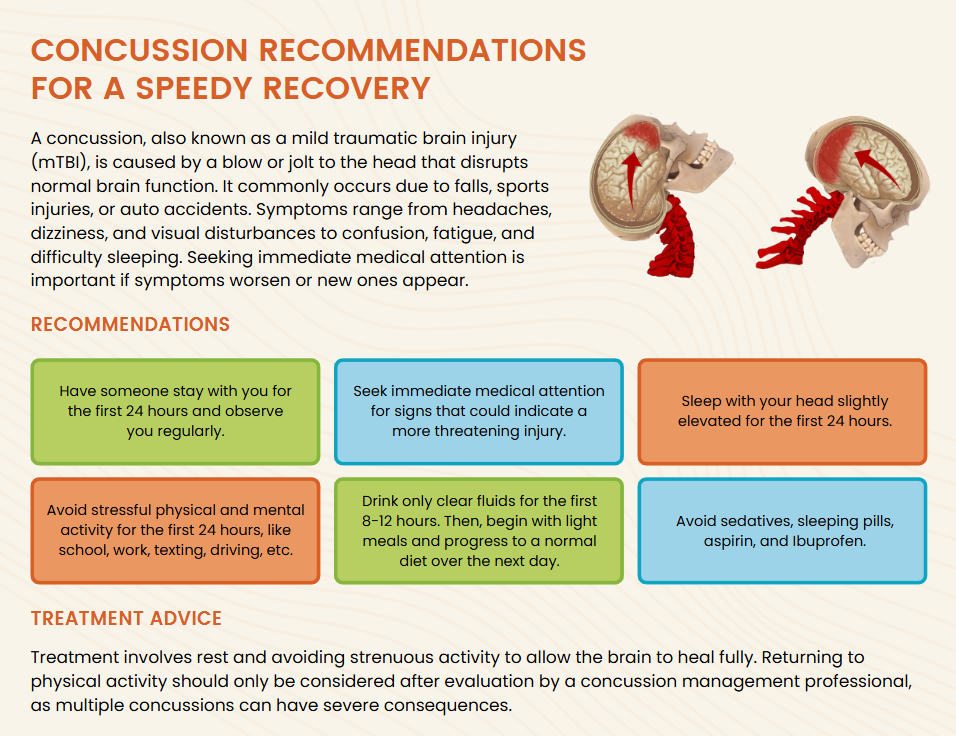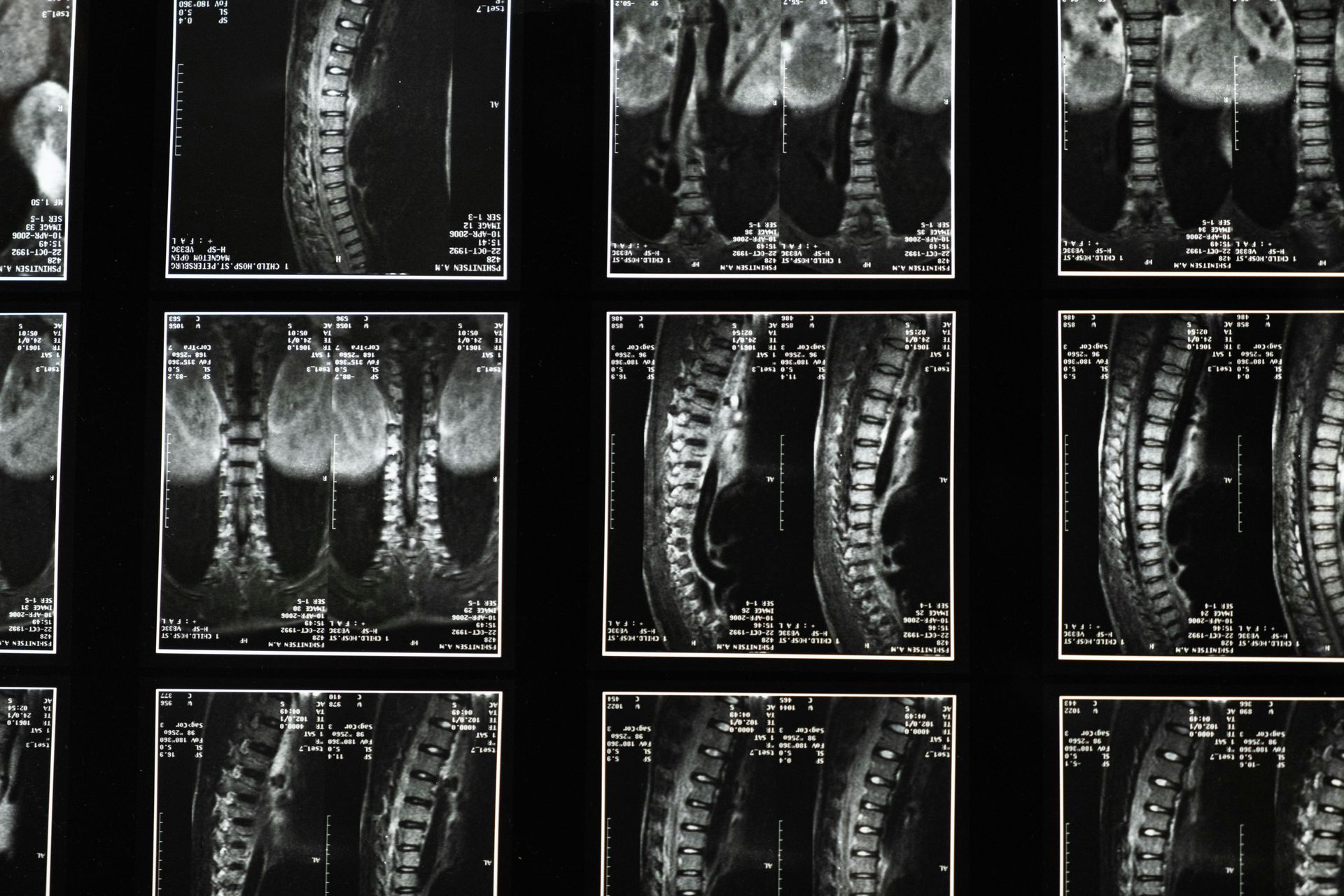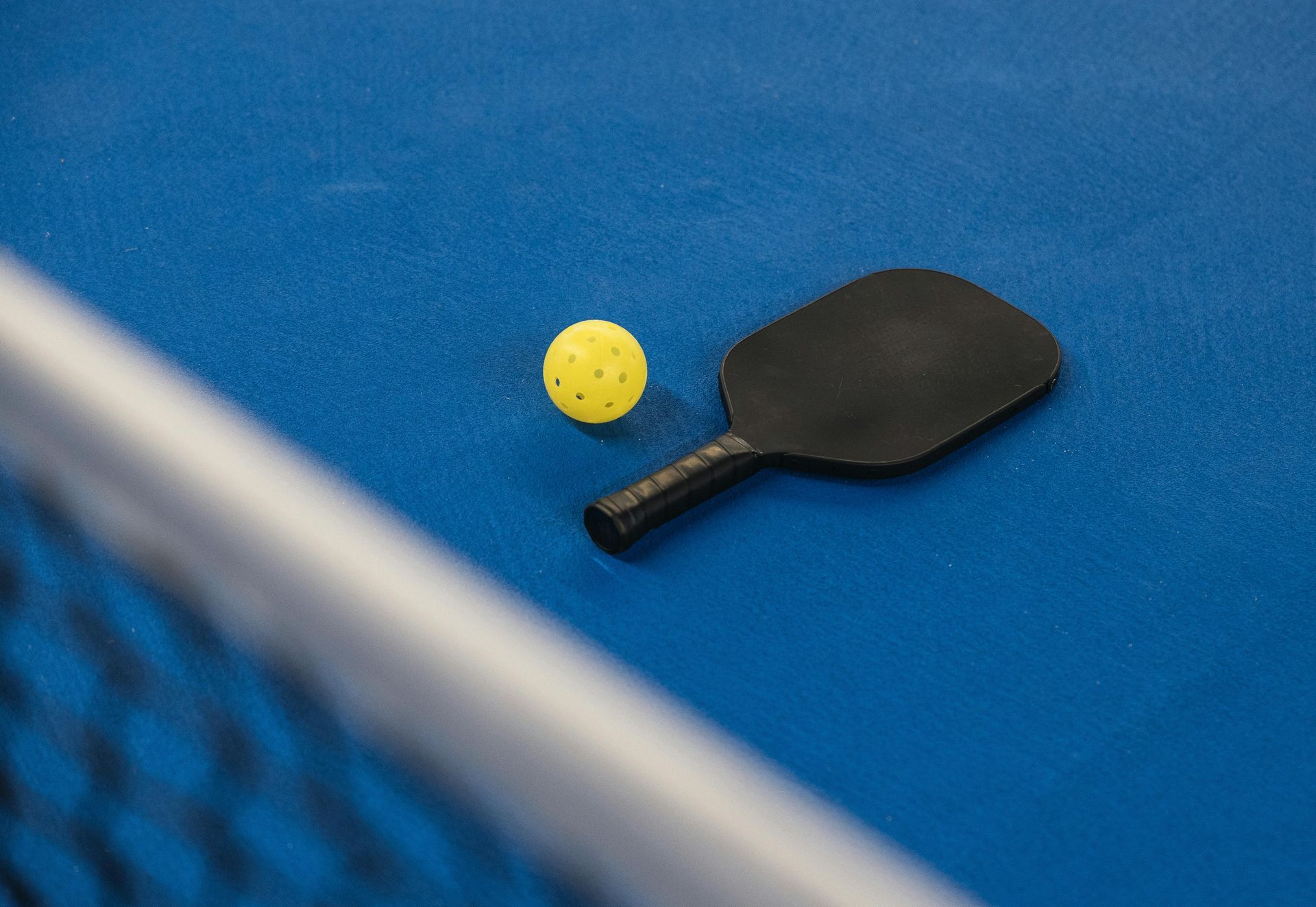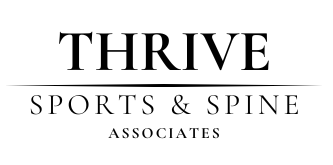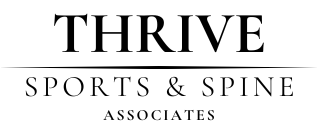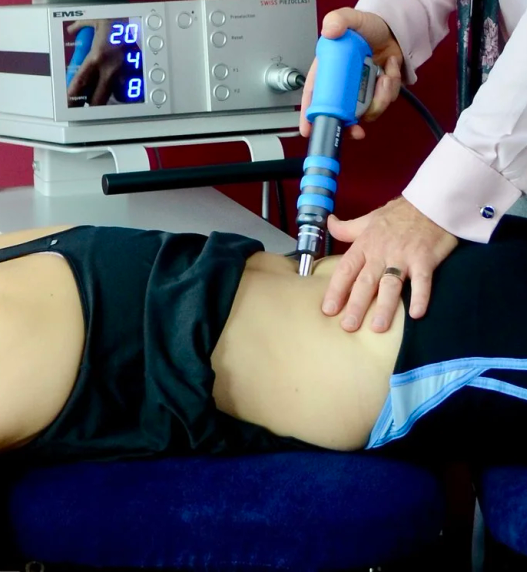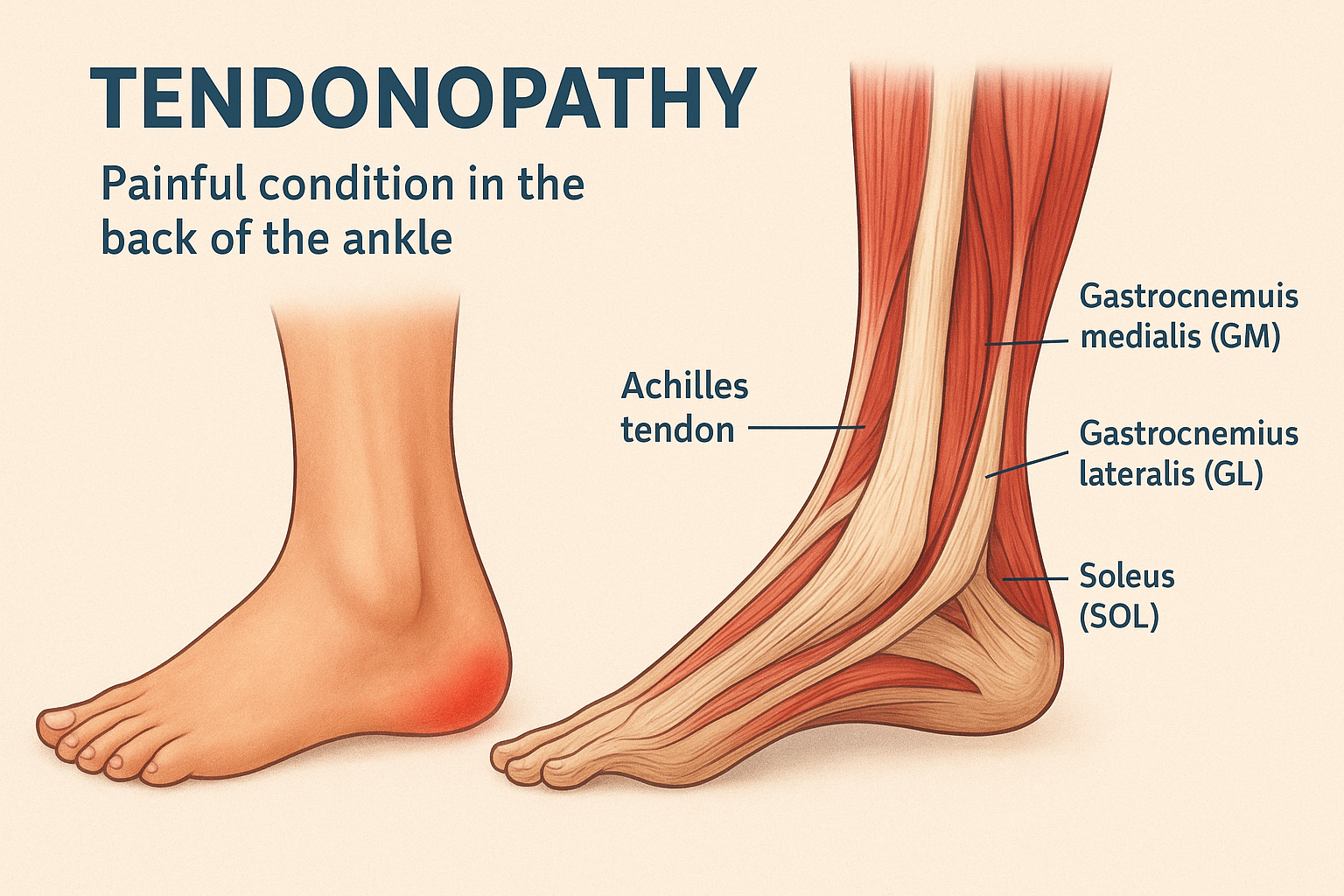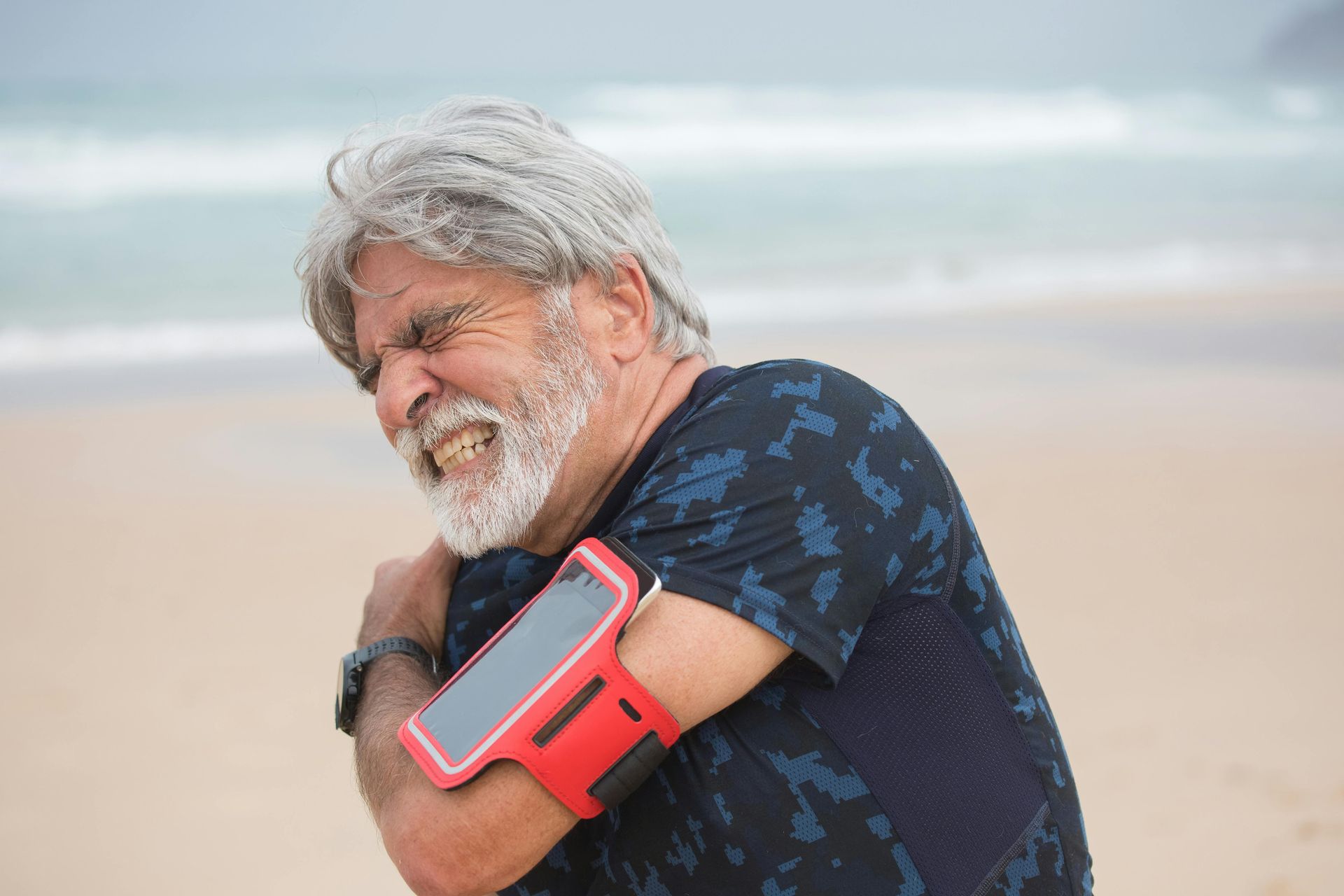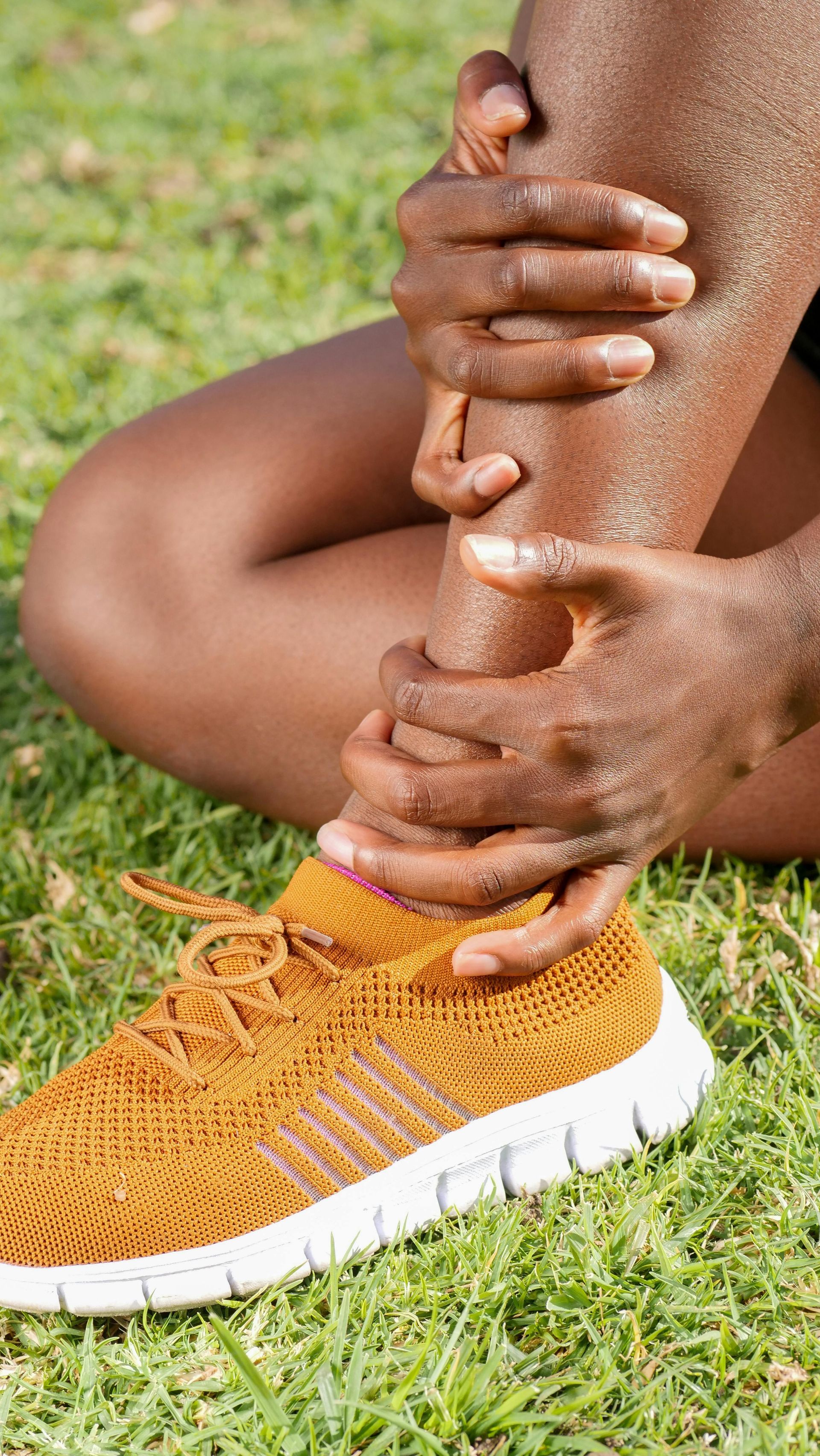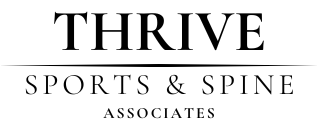Why Shoulder Blade Movement Matters in Shoulder Pain Recovery
Understanding Shoulder Pain in Active Individuals
If you’re an athlete or an active individual who frequently uses your arms overhead, whether you swim, throw, lift, or play volleyball, you might be familiar with shoulder discomfort that doesn't go away. One common issue behind this pain is subacromial impingement syndrome, a condition where tendons in the shoulder become irritated and inflamed due to repeated overhead movement.
But what many people don’t realize is that shoulder pain like this often begins with the shoulder blade, also called the scapula.
What Is Scapular Dyskinesis?
Your scapula plays a critical role in healthy shoulder movement. It acts as a stable base and guide for your arm. When it doesn't move properly, a condition known as scapular dyskinesis, the shoulder joint becomes overworked, leading to pain, weakness, and eventually injury.
Common signs of scapular dyskinesis include:
- Shoulder pain during or after activity
- A visible "winging" of the shoulder blade
- Weakness or limited range of motion when lifting the arm
- A feeling of instability or “catching” during movement
New Research Supports a Better Way to Treat Shoulder Pain
A recent clinical study looked at young overhead athletes who had subacromial impingement. Researchers compared two treatment programs:
- Standard therapy, which included stretching, strengthening, and manual techniques.
- Scapular-focused therapy, which included all the above, plus exercises to specifically retrain and strengthen the shoulder blade muscles.
The results were clear: athletes in the scapular-focused group had less pain, better shoulder function, and faster recovery than those who received standard treatment alone.
What This Means for You
If you’re dealing with shoulder pain, especially during or after sports or exercise, it’s not just about treating the sore spot. It’s about understanding the bigger picture, how your shoulder blade moves, how strong those supporting muscles are, and whether your body is compensating in ways that cause stress or inflammation.
At Thrive, we offer evidence-based, individualized care that includes scapular assessment and targeted rehabilitation. Our goal is to not only relieve your current pain, but also correct the underlying mechanics to help you stay active long-term.
What to Expect from Treatment
When you visit us with shoulder pain, your treatment plan may include:
- A full evaluation of your shoulder and scapular movement
- Mobilization techniques to restore motion
- Exercises to retrain your shoulder blade muscles for stability and control
- Education on how to move safely and prevent future injury
Whether you’re an athlete, a coach, or simply someone who enjoys staying active, understanding the role of your scapula can be the missing link to lasting shoulder health. If you need shoulder pain relief, come see us or visit our website at www.thrivesportsandspine.info.
